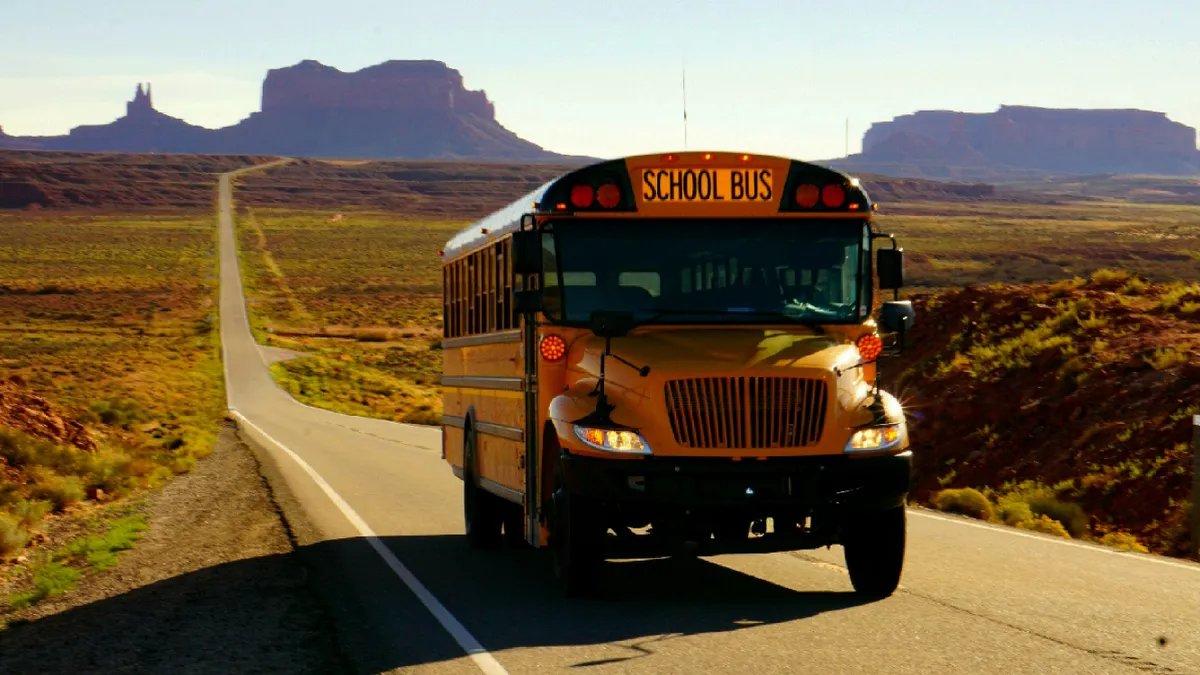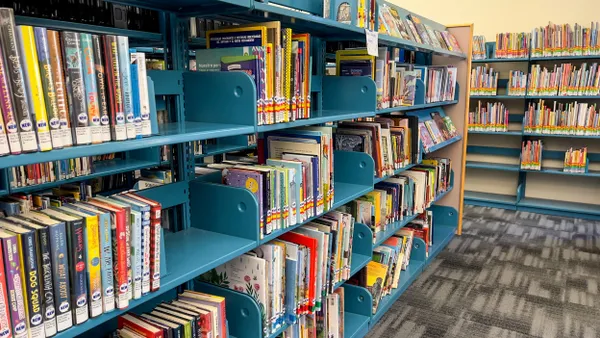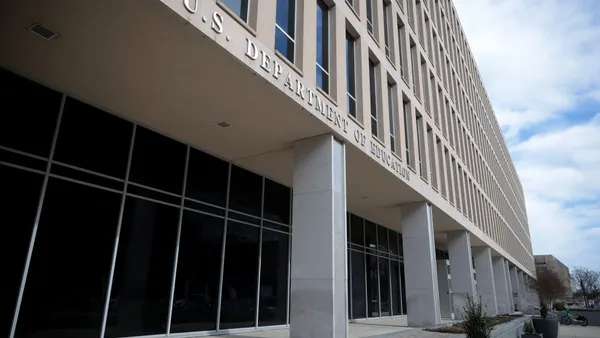Dive Brief:
- Because of their heavy reliance on state and federal funding, rural schools are disproportionately impacted by the Trump administration’s efforts to reduce federal funding for public education, according to an analysis from the Center for American Progress.
- In many states, rural public schools already receive less funding than non-rural ones because of small student populations, unequal state funding formulas and low local revenue. That lower funding also means rural schools can’t afford to offer a wide range of core and advanced classes, and they face challenges recruiting and retaining high-quality teachers.
- These disparities will only be heightened if the current administration's budget plans are approved, the report said. Without critical federal funding, many rural schools may have to offer even fewer classes, lay off educators or close entirely.
Dive Insight:
“Anything that's impacting education right now at the federal level is impacting rural students even more because of their heavier reliance” on that funding, said Paige Shoemaker DeMio, senior analyst for K-12 Education Policy at CAP.
The U.S. Department of Education has significantly downsized its workforce, and this reduction has already impacted the efficiency with which rural schools receive funds and technical assistance, said Shoemaker DeMio.
The Trump administration has said it wants to reduce fraud, waste and abuse across the federal government and that doing so will yield savings.
Rural school districts rely on federal funding programs such as the Rural Education Achievement Program to bridge the gap between state and local funding. However, applications for the program were delayed this year by several months, which raised some concerns among administrators as they tackled their own budget decisions, said Shoemaker DeMio.
The Trump administration’s 2026 discretionary budget request is another concern the report highlights. The budget request proposes merging the funding for the two Rural Education Achievement Program grants into a block grant alongside 17 other programs.
Of those two programs, the Small, Rural School Achievement program provides formula funds to rural school districts that serve small numbers of students, and the Rural and Low-Income School program provides funds to rural school districts that serve concentrations of poor students, regardless of the district’s size.
Not only would the block grant be funded at roughly $4.5 million less than the overall current funding for all of those programs, the report said, but it also wouldn’t require states to direct specific funding to rural schools or districts.
Without this requirement, rural schools in some states might get the same amount of funding or more, but it puts many states at risk of getting less or none at all, Shoemaker DeMio said.
The budget request also proposes eliminating funding for multilingual learners, a growing population in rural areas. According to a report from the National Rural Education Association, which analyzed the most recently available data, there were 330,000 English learners and multilingual learners in rural public schools in the 2021-22 school year.
Rural districts are already unable to adequately provide for multilingual learners, said Shoemaker DeMio. The CAP report found that roughly 40% of multilingual learners in rural areas do not receive the required specialized instruction necessary to help them succeed.
The report also highlighted that state policies often overlook the real cost of educating students in rural areas. Rural districts typically serve fewer students but still face many of the same fixed costs as larger districts, which leads to higher per-student expenses. While extra funding can help, the report said, it falls short if it doesn’t reflect these unique financial pressures.





 Dive Awards
Dive Awards






